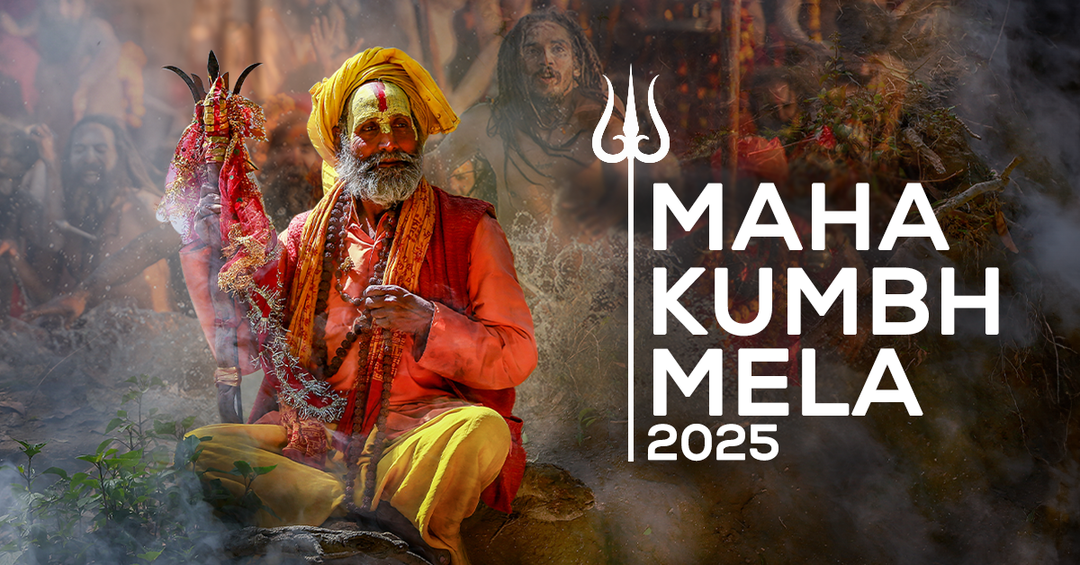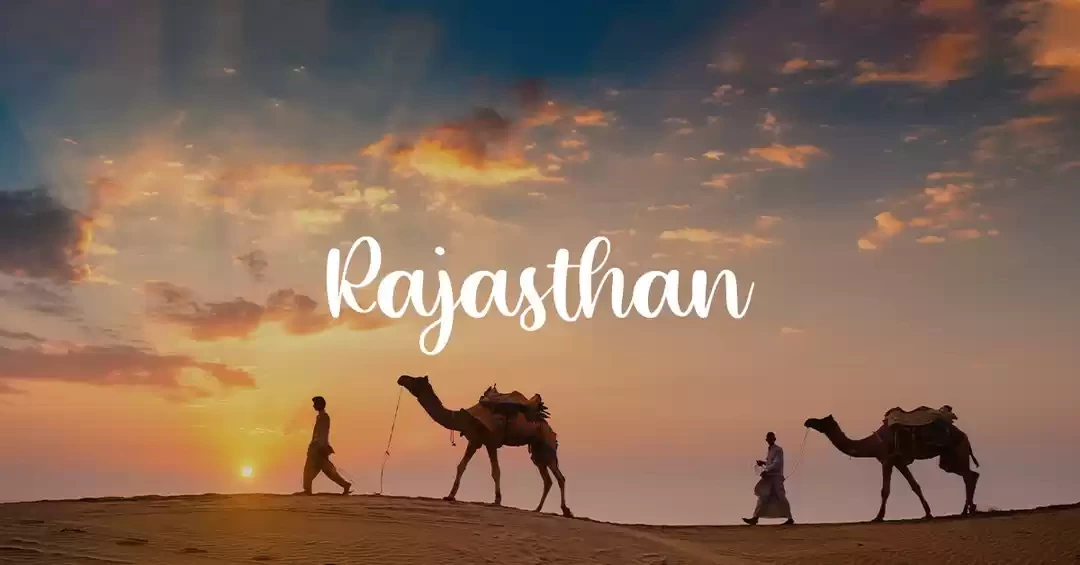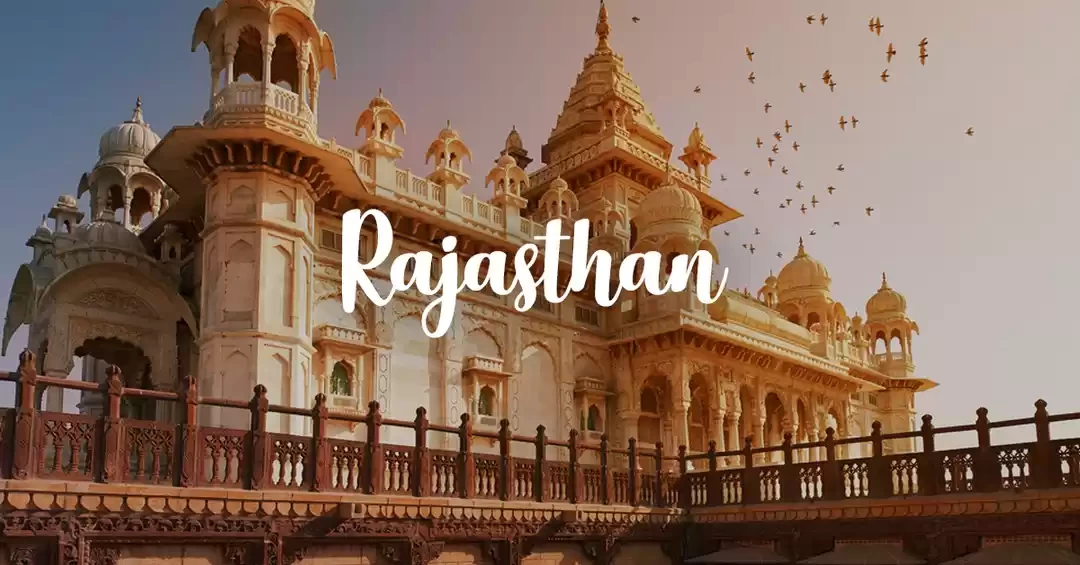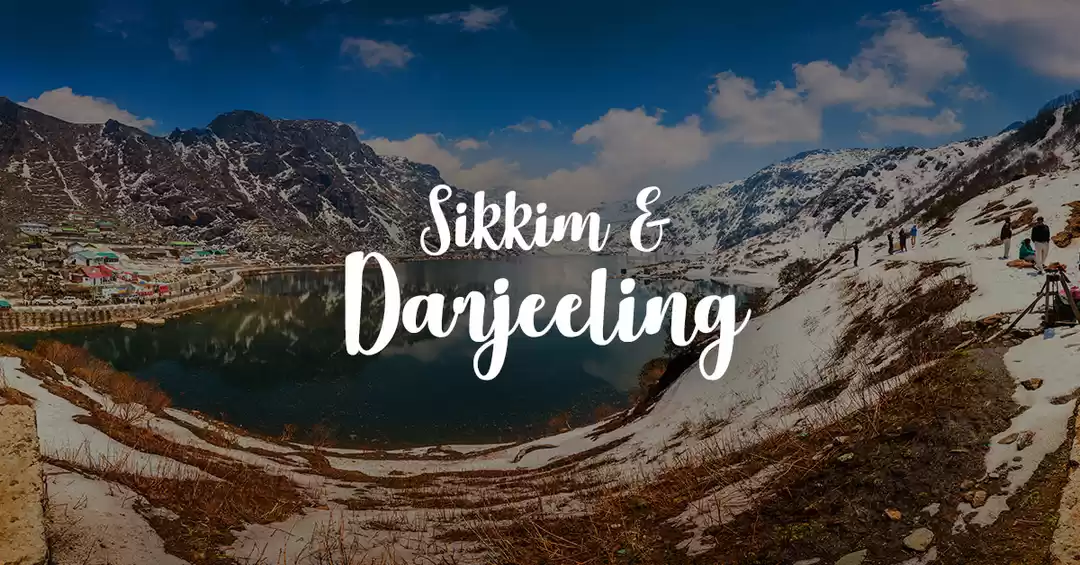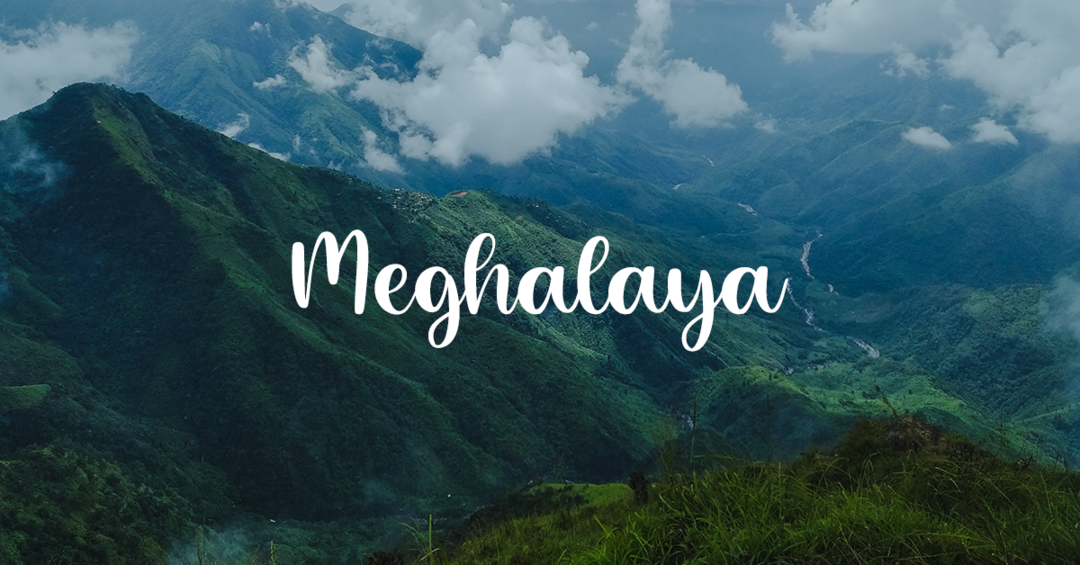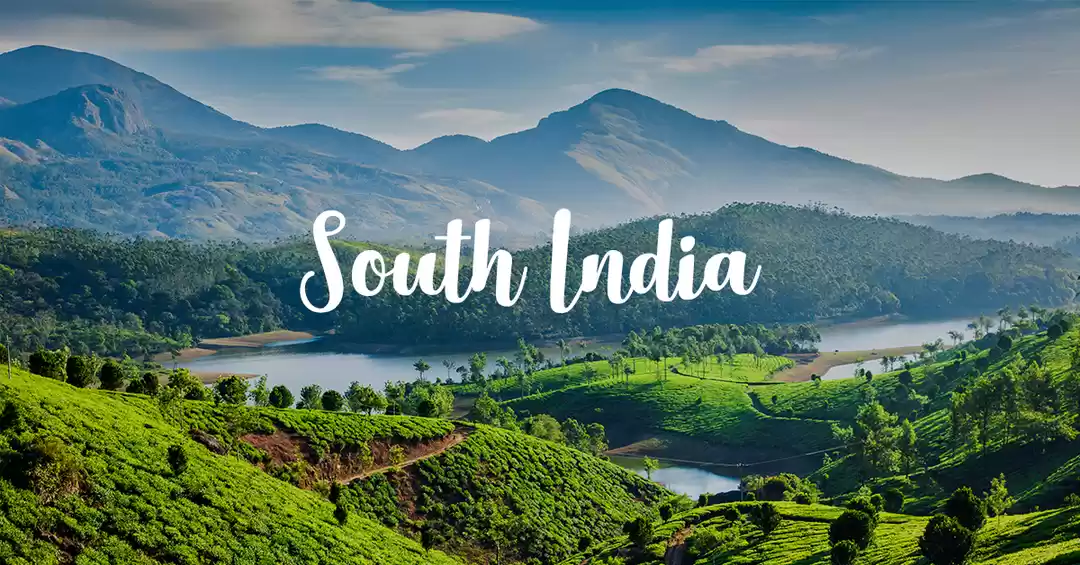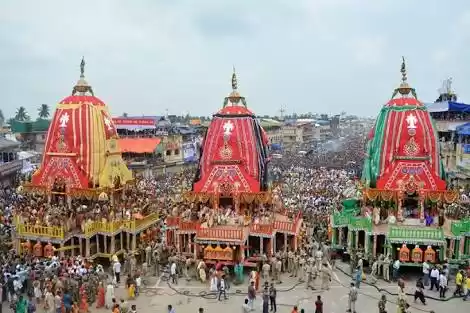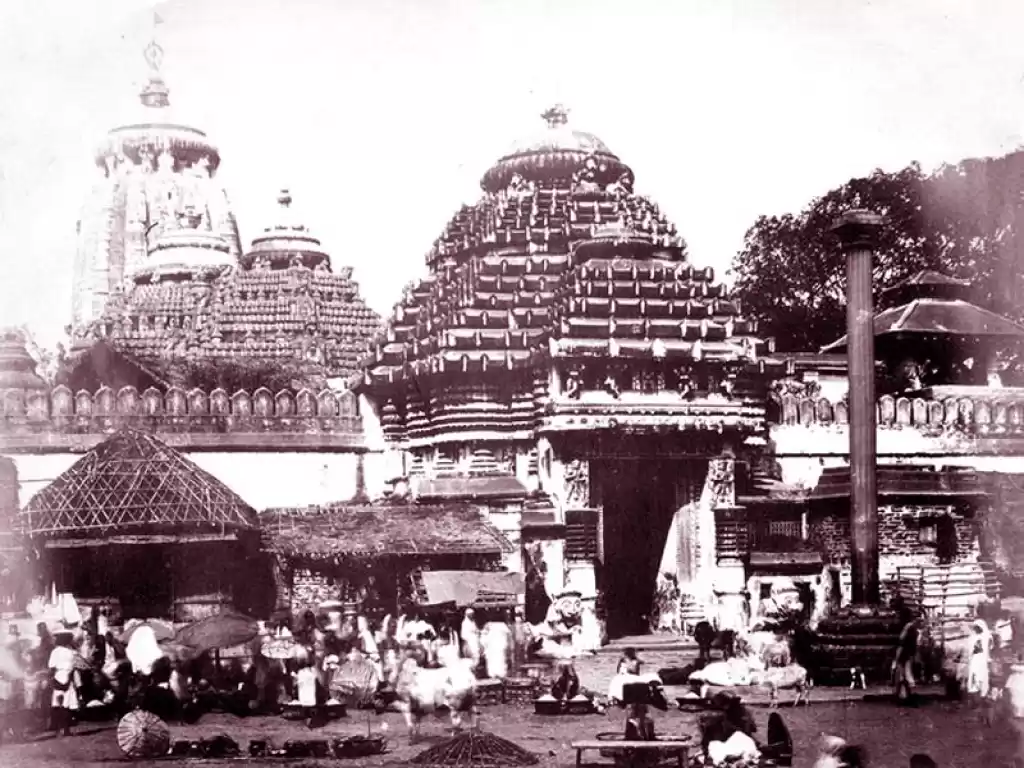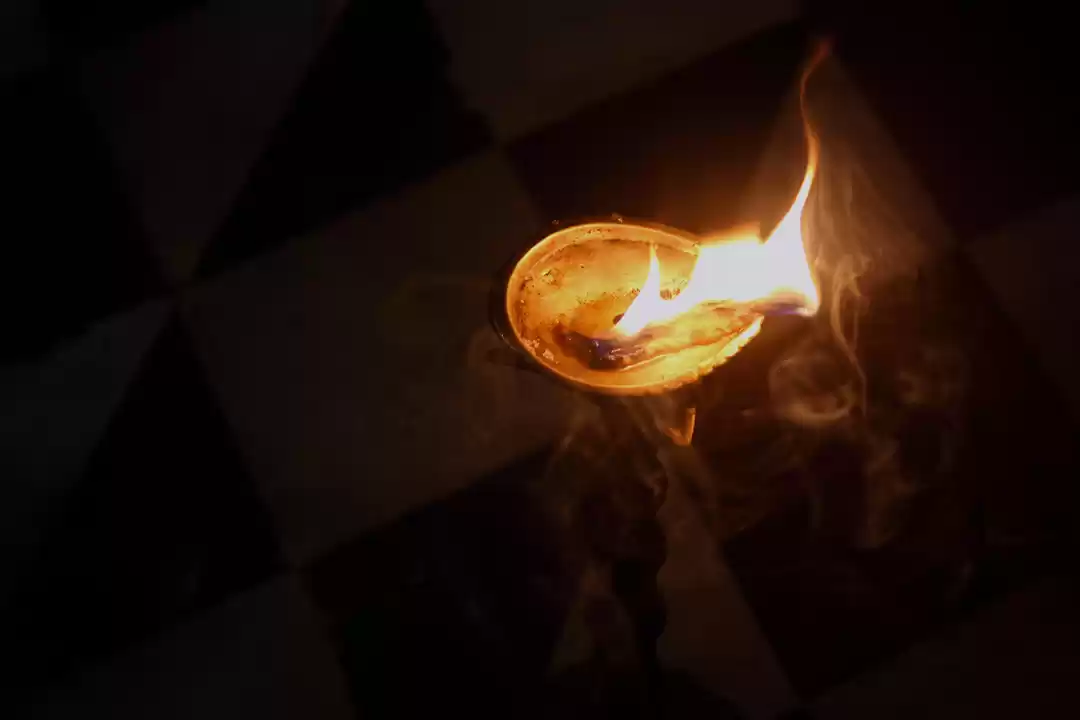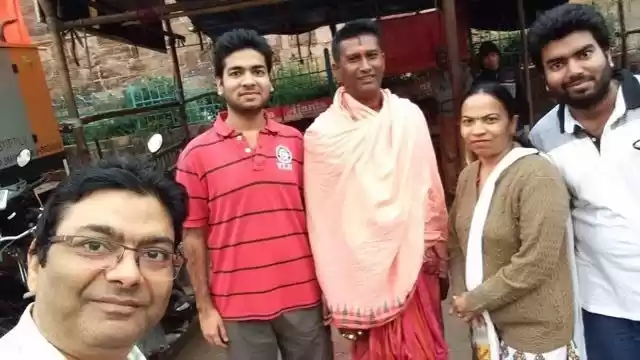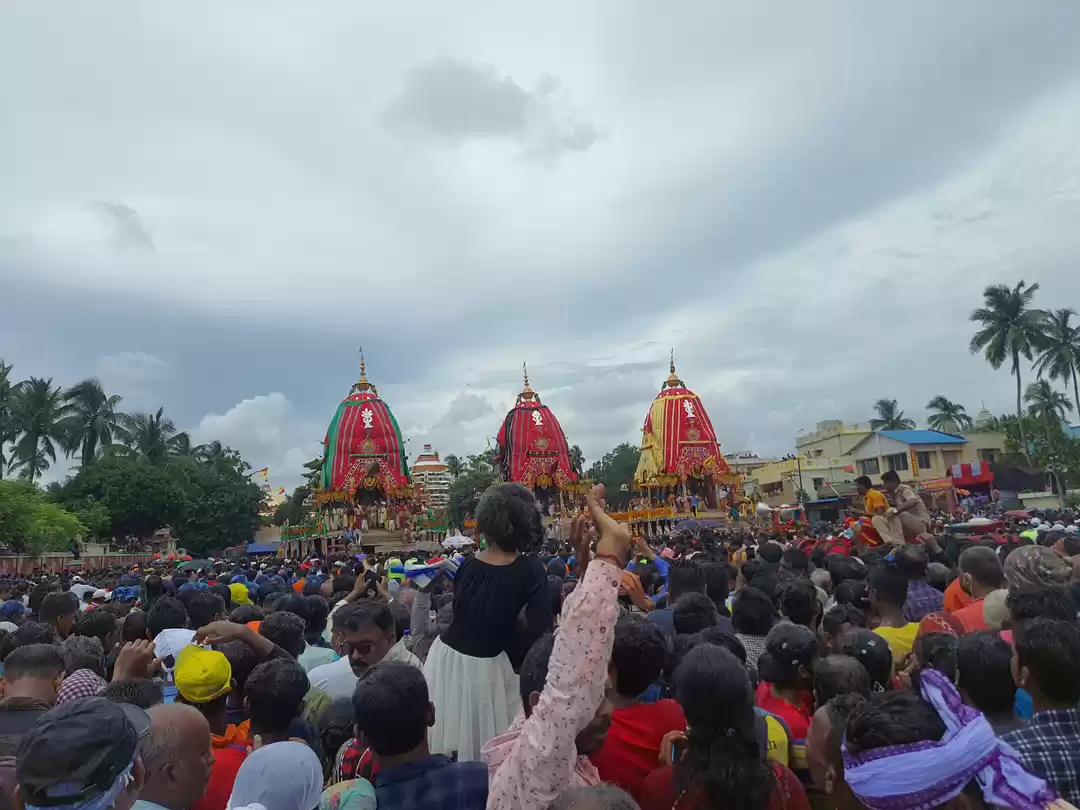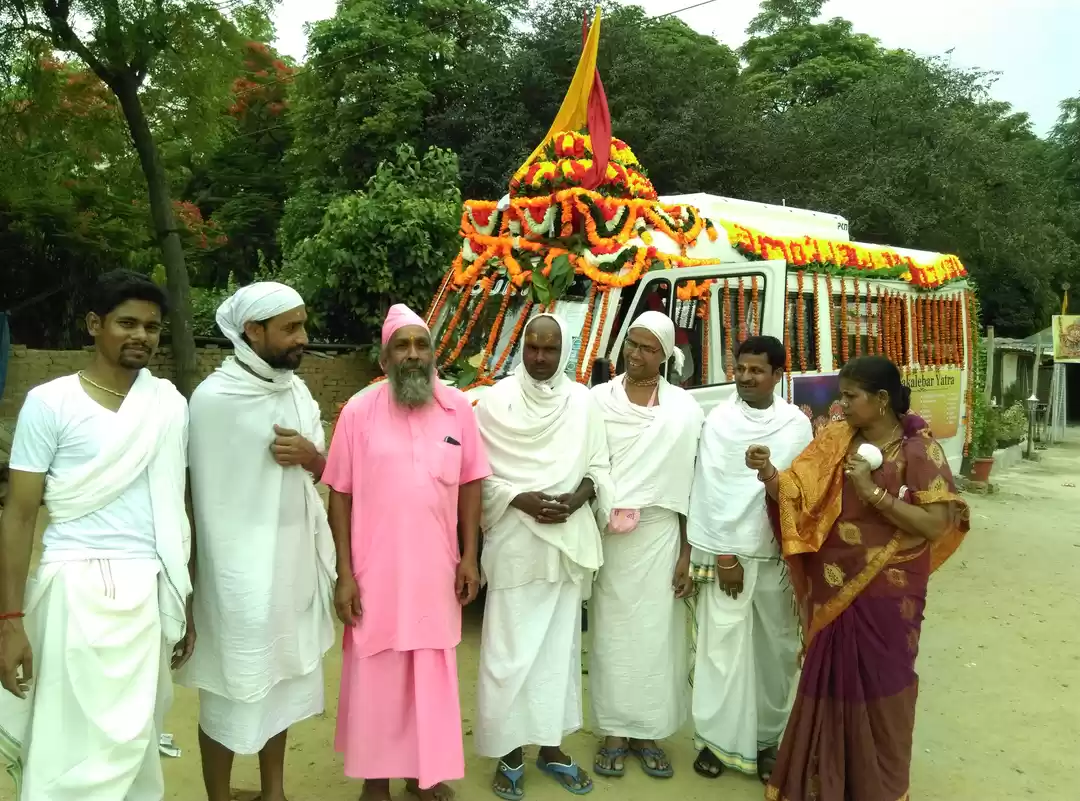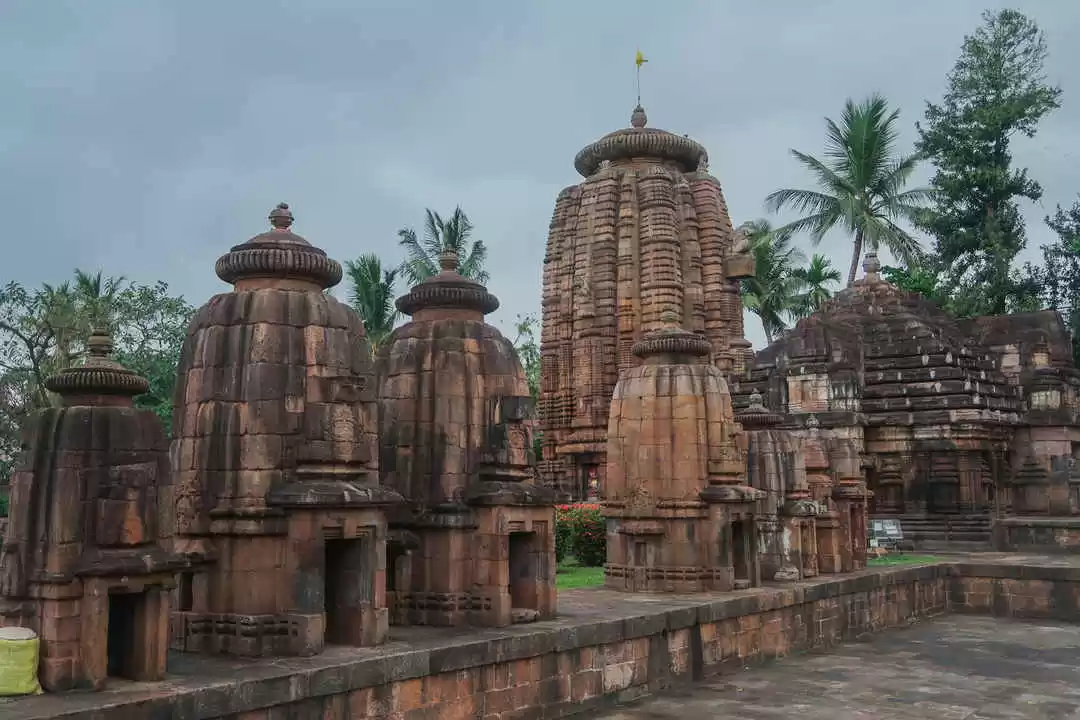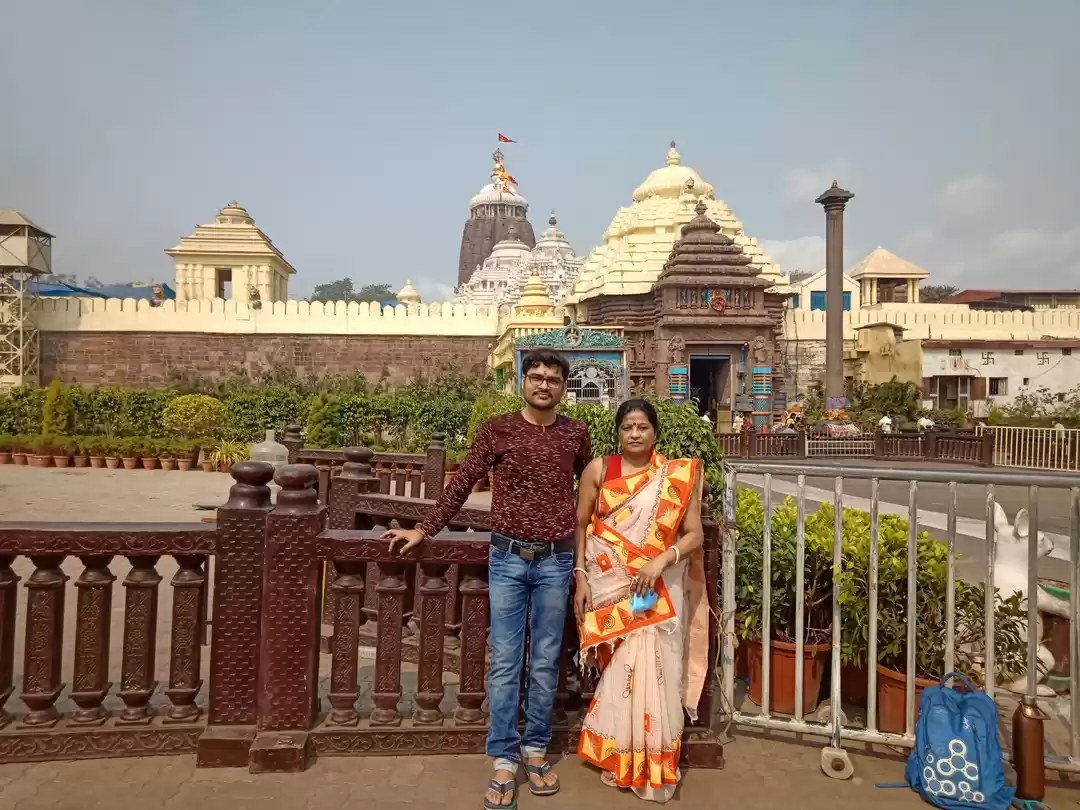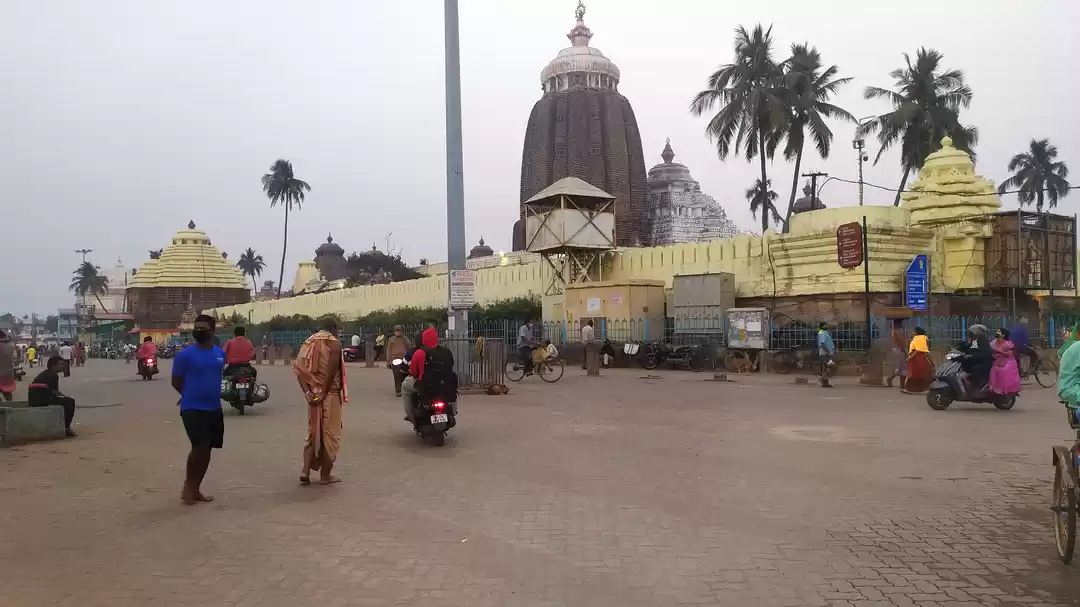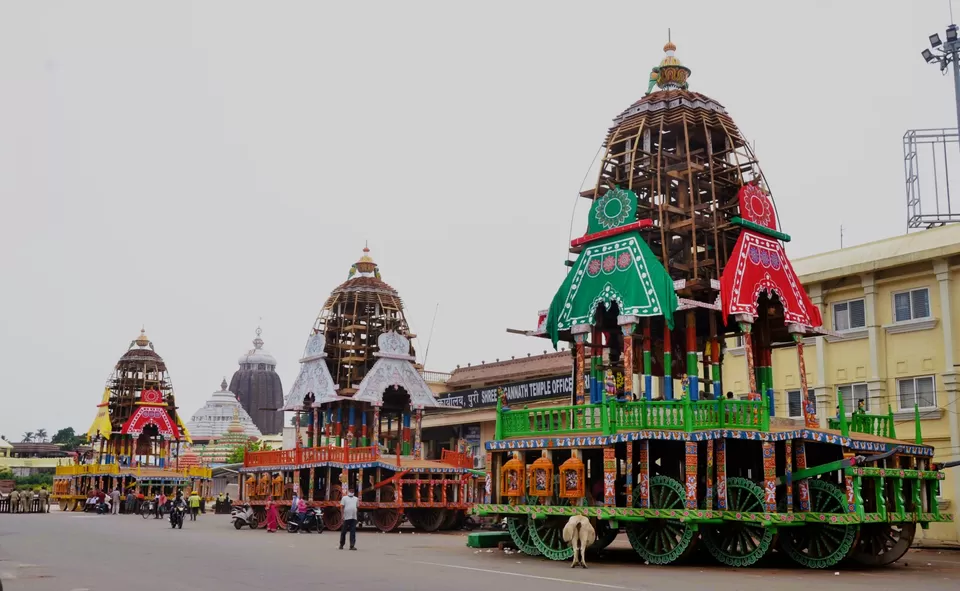
On the auspicious occasion of the ongoing Rath Yatra (1st July - 9th July) I couldn’t help but delve into the spiritual journey of age-old tradition steeped in faith, held in the sleepy sea-side town of Puri (also called Purushottam Dham) situated in the eastern state of Orissa which transforms into one of the largest religious gatherings in the world - Rath Yatra!
Also known as Purushottam (meaning the best among men) Kshetra or Dham in the Puranas because of its association with Lord Vishnu who first appeared here in the form of Nilamadhav who is said to be Purushottam. One of the Char Dhams, visiting all of which is believed to help in attaining Nirvana, Puri is where the Lord eats, after bathing in Badrinath, getting dressed in Dwarka before heading to Rameshwaram to rest. Lord Vishnu, who takes several avatars to restore Dharma, and protect humanity from evil, is also worshipped as Krishna or Narayana – but in Puri as Lord Jagannath.
History of Rath Yatra
Among the various stories that have formulated around the history of rath Yatra since its inception, the ones that are most prevalent are
1. The day when Lord Krishna left Gokul with his brother Balaram for Mathura where Kansa had invited them to kill them separately, is celebrated as Rath Yatra
2. In Dwarka it is celebrated as the day when Lord Krishna, accompanies by Balaram, took their sister Subhadra for a ride around the city to show its splendour.
3. Another one of the most wide-spread legends that have passed from generation to generation is, how the blind devotion of King Indradyumna, and his wife’s impatience led to celestial architect leaving the idols of Jagannath, Balabhadra/ Balaram and Subhadra incomplete. But Gundicha, Indradyumna’s queen suggested to construct a temple for the deities which impressed Jagannath, who promised to visit her house – now the Gundicha temple, 3 kms from Jagannath Temple

Construction of the Rath
The construction of the three raths start at least two months before the actual ceremony with the major component being three species of wood – Phasi, Bhaunra and Asana woods which used to be exclusively extracted from the ex-princely state of Daspalla forest range, Nayagarh district. After the festival, the woods are dismantled and used in the temple kitchen as firewood to cook prasad for the deities, also offered to at least 30,000 devotees every day. Which means construction of the chariots have to start from scratch every year.
There are no written instructions for the craftsman on the construction of the chariots, instead knowledge is passed orally over generations. Frames and wheels are decorated with colourful designs inspired from Odisan temple architecture. The frames are then covered with intricately embroidered black, green, red, and yellow cloths.

Each chariot is over 40 feet high, and the assemblage begins with the wheel, axle and then the body. 42 wheels are need for all the chariots.
Balabhadra / Balaram’s chariot known as Taladhwaja after the palm tree on his flag is 44 ft high with 14 wheels.
Subhadra’s chariot is the smallest, known as Darapadalan which means trampler of pride and decked in black and red cloth and is 43 ft high and 12 wheels.
Lord Jagannath’s chariot decked in red and yellow cloth called Nandigosha is the tallest – 45 ft high and 16 wheels.


Rituals of Rath Yatra
Nabakalebar - This marks the symbolic cycle of death and rebirth and is represented by replacing the old wooden idols with new ones and this happens every 8, 12 or 19 years.
Snan Purnima – Starts with Snan Purnima, bathing the deities with 108 pitchers of water. After the bath the gods fall ill and take 15 days to recover, during which the main temple remains closed.
Pahandi – On the day of the main event, the deities are brought out of their home in an elaborate ritual called Pahandi around noon.
Chhera Panhara – This is the ritual performed by the monarchy – Gajapati Maharaj in which after the deities are boarded to their respective chariots Gajapati Maharaj is brought in a ceremonial palanquin to mop the floor around the throne of the chariots with a golden broom. This could be because back in the 12th century, the emperors of Odisha had declared themselves servants of Lord Jagannath.
Pulling of the chariots – This is where the fun starts when each chariot is tied with four wooden idols of horses and after the kahali is blown, chariots attached to four, 8 inch in diameter thick ropes made of coconut fibre, nearly 250 ft long start the journey.

Significance of Rath Yatra
The significance of any festival depends heavily on the faith of the people. Due to the lack of prescriptive tenets in our culture, people from different backgrounds discern a certain ritual in myriad ways. To some rath yatra might just be Lord Jagannath’s desire to go on his annual outing with his siblings, to some it might be the Lord’s desire to descend on Earth to overlook the well-being of his land and people. And to some He might be the Absolute soul, who transcends time and space, believing in tolerance and social acceptance, He who is the perfect man beyond the pale of societal intolerance, caste, and creed – all are equal in his eyes!
My first experience of Rath Yatra was, going to watch the Yatra as it passed by my house, holding my mom’s hand, expecting a packet of prasad to come flying my way. As I looked at everyone with big, expectant eyes, nothing flew my way. After a while, I saw a priest looking at me and calling my mom to offer a packet of prasad and after handing it over asking one of the volunteers to move aside so that I could touch the big, thick rope!! I still remember that feeling of pride swelling inside and how could I not be!!!
To every child in every house Rath Yatra means a waist high rath (or sometimes taller) and parents provide one, irrespective of which social strata they belong to - privileged or impoverished; what matters is having a rath, adorned with fake or real flowers, a tiny plate with sweet offering to the Gods and proudly showing off their accomplishments and having fun pulling the miniature rath!!! That has always been the beauty of Rath Yatra and a culture that needs to be relished, cherished and preserved!
I hope you all found this information useful, and in case you also have unique stories about festivals in India, so share with me in the comments below.
Watch travel stories come to life with Tripoto on Youtube!



